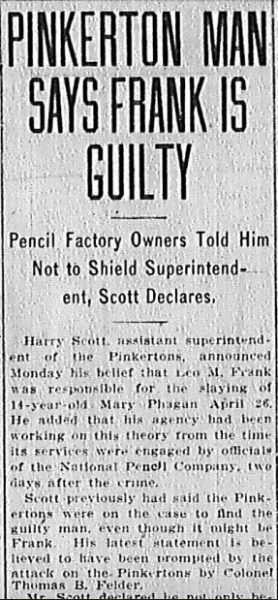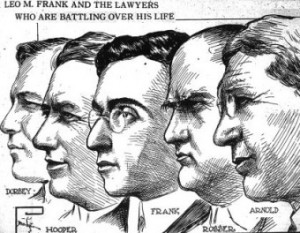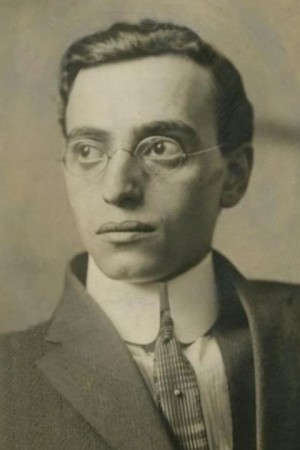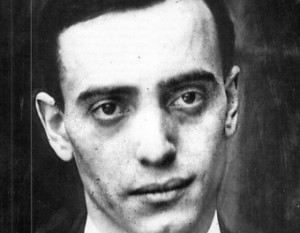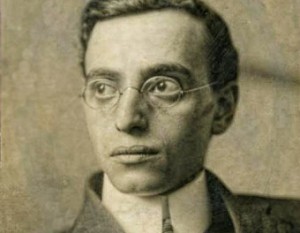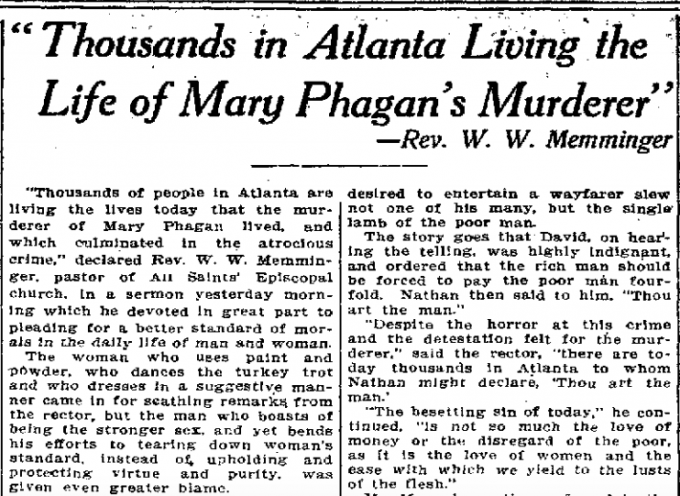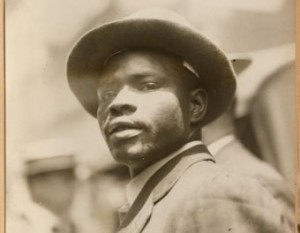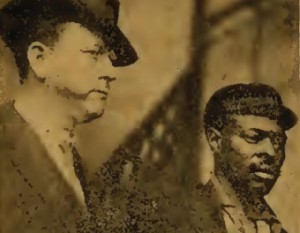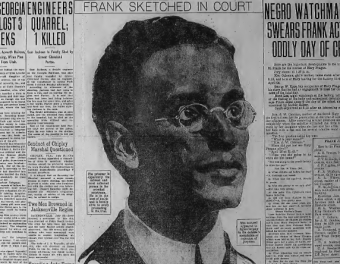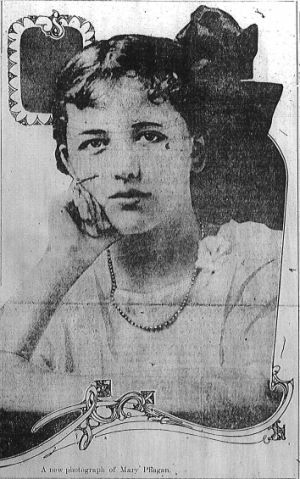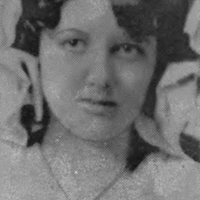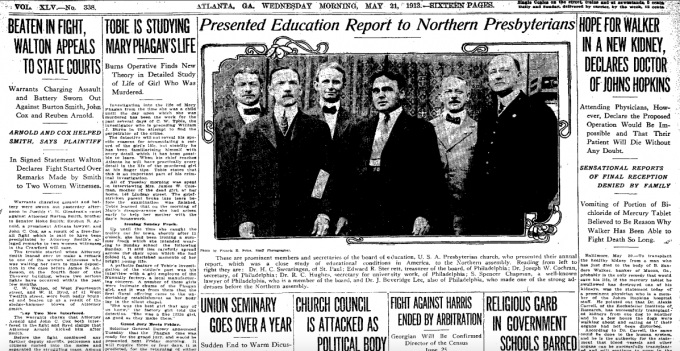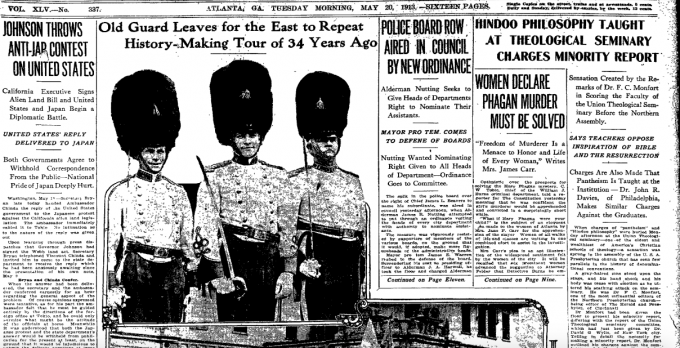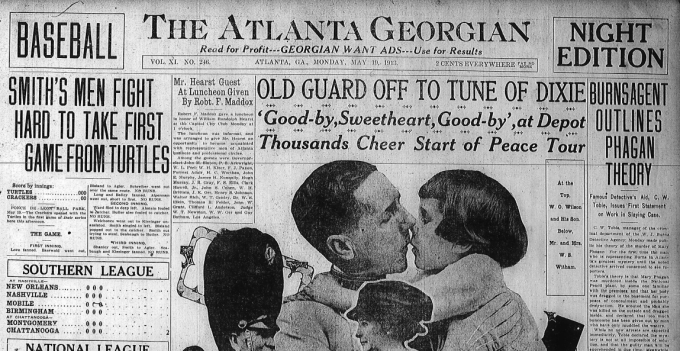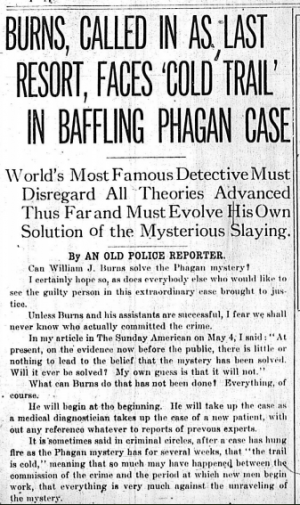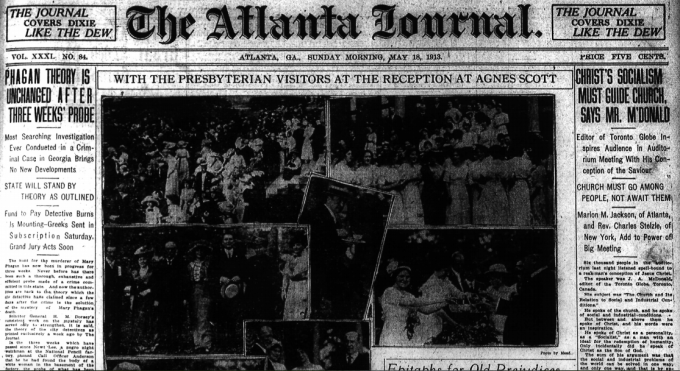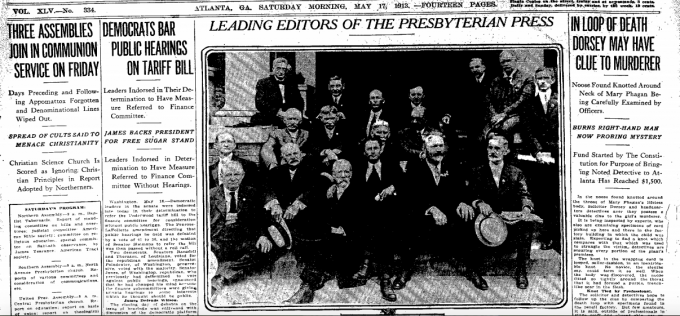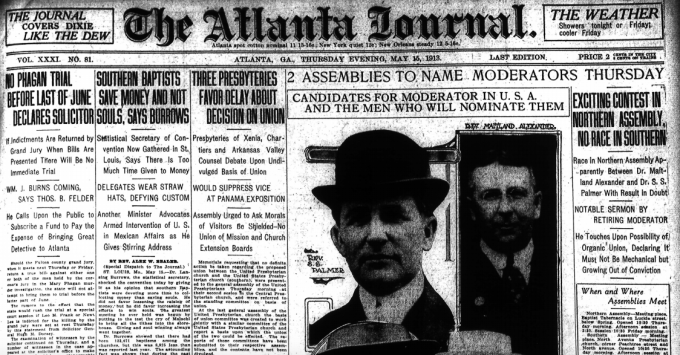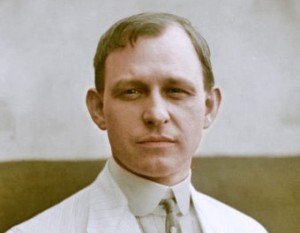 Originally published by the American Mercury on the 100th anniversary of the Leo Frank trial.
Originally published by the American Mercury on the 100th anniversary of the Leo Frank trial.
by Bradford L. Huie
THE AMERICAN MERCURY now presents the final closing arguments by Solicitor Hugh Dorsey (pictured) in the trial of Leo Frank for the murder of Mary Phagan — a powerful summary of the case and a persuasive argument that played a large part in the decision of the jury to find Frank guilty of the crime. It is also riveting reading for modern readers, who have been told — quite falsely — that the case against Frank was a weak one, and told, equally falsely, that “anti-Semitism” was a major motive for the arrest, trial, and conviction of Frank.
Here we present it for the first time on any popular periodical’s Web site. Not until the Mercury began its efforts have these or the other arguments in this case and relevant contemporary articles been presented on a popular Web site in correctly formatted, easy-to-read type with OCR errors removed. (For background on this case, read our introductory article, our coverage of Week One, Week Two, Week Three and Week Four of the trial, and my exclusive summary of the evidence against Frank.)
_____
THE SOLICITOR GENERAL FOR THE STATE.
Mr. Dorsey:
Gentlemen of the Jury: This case is not only, as His Honor has told you, important, but it is extraordinary. It is extraordinary as a crime — a most heinous crime, a crime of a demoniac, a crime that has demanded vigorous, earnest and conscientious effort on the part of your detectives, and which demands honest, earnest, conscientious consideration on your part. It is extraordinary because of the prominence, learning, ability, standing of counsel pitted against me. It is extraordinary because of the defendant — it is extraordinary in the manner in which the gentlemen argue it, in the methods they have pursued in its management. Continue Reading →

